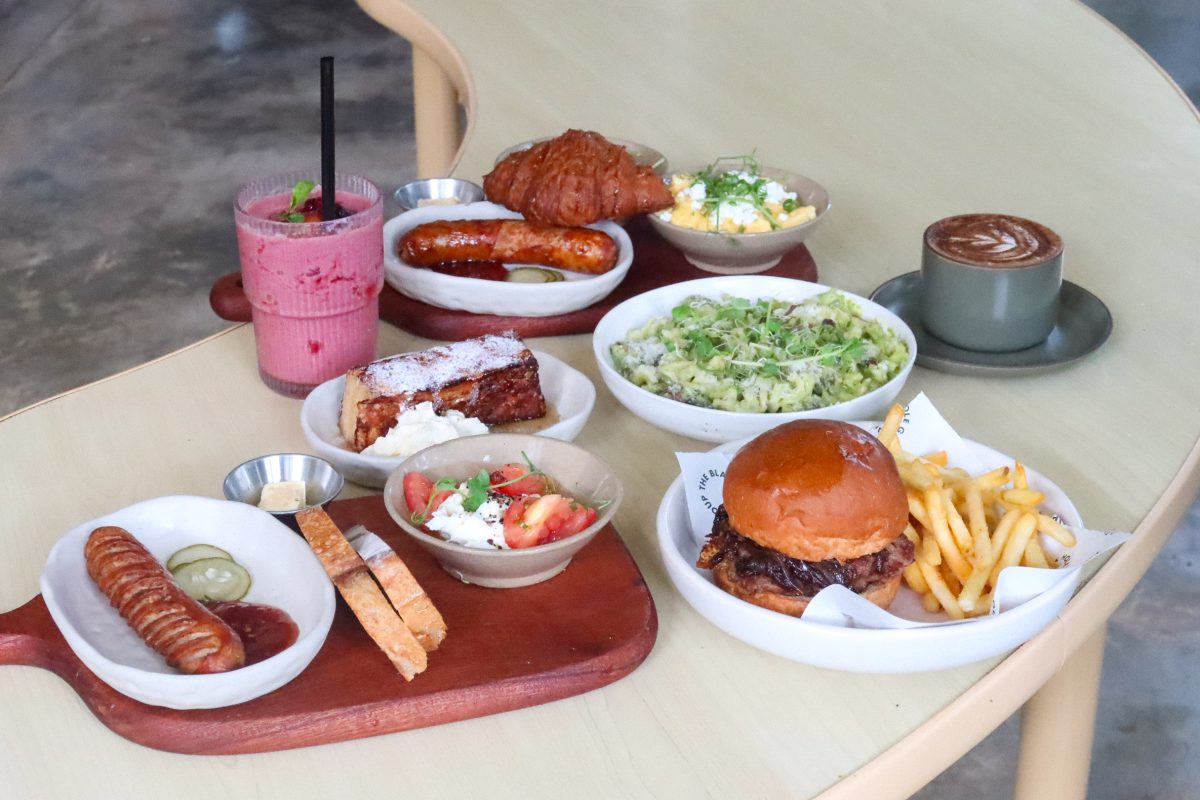According to the Digital 2022 Global Overview Report, there are 4.62 billion social media users worldwide in January 2022. This figure represents 58.4% of the world’s total population, though it should be noted that social media “users” may not be distinct individuals (learn why). Global social media users have increased by more than 10% in the last year, with 424 million new users joining the platform in 2021. It’s no longer just about branding. Corporate branding, product branding, service branding, and even personal branding are all examples of branding. Thus, branding is prominent throughout every aspect of our lives, whether you’re a business leader, a marketing professional, or just a regular Joe buying a cup of coffee.


In today’s fast-paced business environment, brand strategy must be a guiding force to help us learn and relearn our way into the future—brand strategy must be a vision on the horizon, an ideal to strive for rather than a stick in the ground. Brand building is a risky, messy business to navigate, contrary to those who believe the marketplace is linear, neat, and predictable.
The Dilemma
Marketers have always had to juggle two seemingly contradictory goals: making their brands distinctive while also positioning them as category leaders. Central brands are the first to come to mind and serve as benchmarks for comparison like Coca-Cola in soft drinks and McDonald’s in fast food. These brands have an impact on category dynamics such as consumer preferences, pricing, and the rate and direction of innovation. In two ways, branding has a significant impact on customer perceptions:
- Your customers’ emotional connection and expectations before they engage with you. Customers prefer to interact with and buy from businesses they find relatable.
- A brand increases audience trust, making customers more receptive to your value proposition. When they associate you with what you want to be known for, they are more receptive to how you’ll deliver on those promises.
What Exactly Is Brand Building?
Brand building is defined as creating awareness about your company through strategies and campaigns to create a distinct and long-lasting image in the marketplace. Brand success = positive brand reputation + standing out from the crowd Branding is into three broad stages:
- Brand Strategy
- Brand Identification
- Brand Promotion

Product Attributes—The How of Branding
Oprah is an excellent example of this. Her speaking style is both inspiring and resonant. She is known as “The Sage Brand Personality.” Her brand is built around being a seeker of truth, philosopher, teacher, and advisor. The how of branding is inextricably linked to the personality of your brand. What distinguishes you is how you do things rather than what you do. When your customers appreciate how you do business, they will recommend you to their family and friends, make frequent purchases, and increase your revenue. How your product improves the customer’s quality of life is the start of an amazing connection. A product’s distinctive physical and conceptual characteristics are its speed, size, weight, material, finish, durability, functionality, flexibility, and unique features, which are known as its attributes. The brand experience begins when a customer positively engages with your product’s characteristics and attributes.
Taking Action—The Why of Branding
What drives you to meet your daily objectives? What makes you happy? Maintain this motivation in the forefront of your mind to ensure that your brand embodies this mission. Coca-Cola, for example, is the most well-known soft drink company in the world, and its mission statement, “craft the brands and choice of drinks that people love, to refresh them in body & spirit…” is recognised globally. Action is more powerful than any brand identity. Here, the brand delivers on its promises. Your brand’s guiding principles should be trustworthy and based on why it was created. A brand is the culmination of all positive physical and emotional brand characteristics into a dependable, long-lasting experience with a good or service. The importance of storytelling and advertising cannot be overstated. A good story is something that everyone enjoys and remembers. Great brands use compelling narratives to convey the why and how of their products, igniting a passion for life.

Strong Brand Characteristics
There’s no exact formula, but we do know that impactful brands share a few key characteristics.
They Are Authentic
Authenticity is a term that’s frequently used in the marketing industry. But we mustn’t let the jargon dilute the meaning. Bands that are true to who they are, what they do, and why they do it can build long-lasting, evolving relationships with their audiences. Customers don’t want lip service; they want you to say what you’ll do and keep your promises.
They Are Relevant
None of the other characteristics matters if your product or service is irrelevant to your target audience—or if it is relevant in a way that you are not communicating. Your target market must believe that you care about them as individuals and understand what they want from your product. This emotional connection is made when you truly understand and communicate your audience’s point of view.

They Are Consistent
Your customers will never get to know you if you are constantly changing how you present your brand to the world. Your identity and its implementation must be consistent and aligned across every touchpoint in every area of your business. Some marketers become bored with their brand and frequently try to “switch things up,” but keep in mind that your customers don’t interact with your brand daily, and they require consistency to connect.
They Are Bold
Be daring. The only way to connect with your customers is to make an unforgettable impression and make them remember you. Customers are increasingly expecting brands to take a stand and advocate for what they believe in. It may be tempting to remain neutral, but sloppy branding and ill-defined values will drown in a sea of sameness alongside other companies that don’t know who they are. You now have a good understanding of the strategies for increasing brand awareness through marketing, engagement, and community building. Combining all of these elements with a strategy and consistent execution packs the punch that any new or existing business requires for successful brand building in the digital age.












